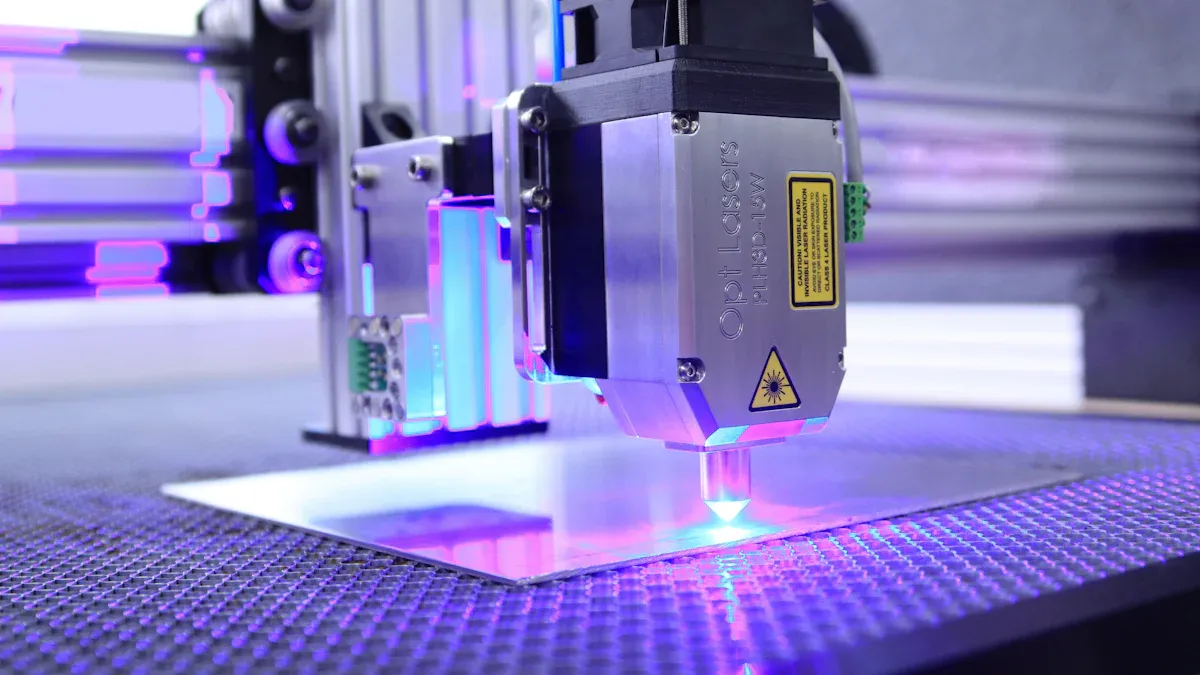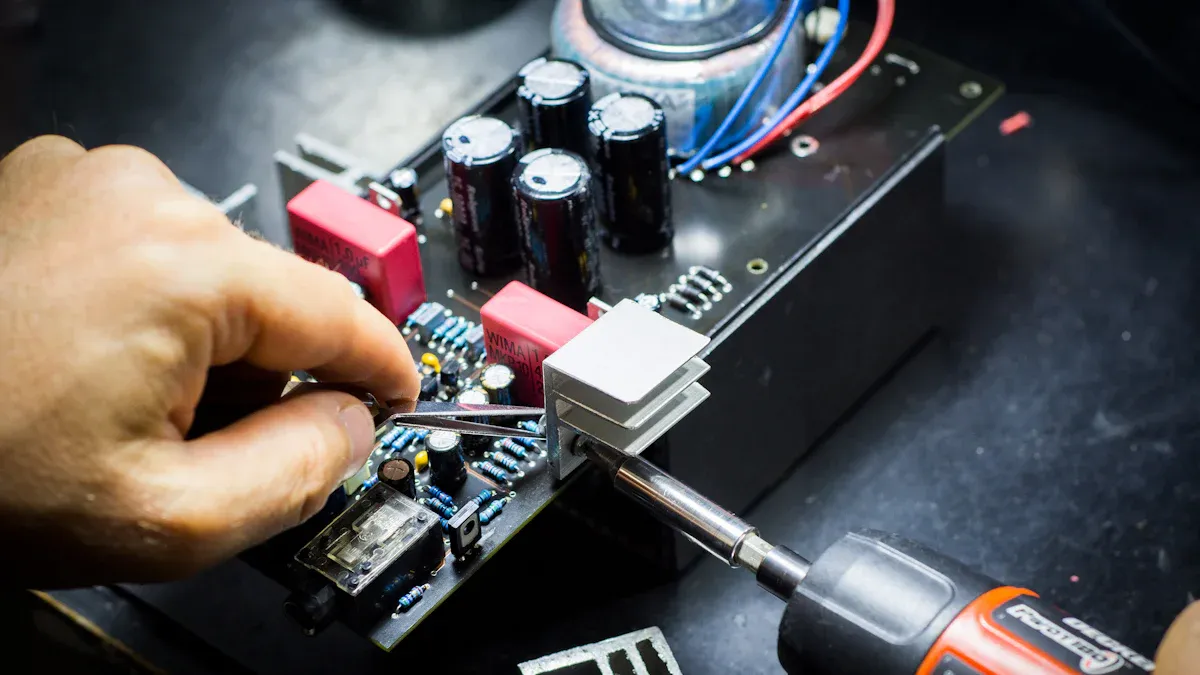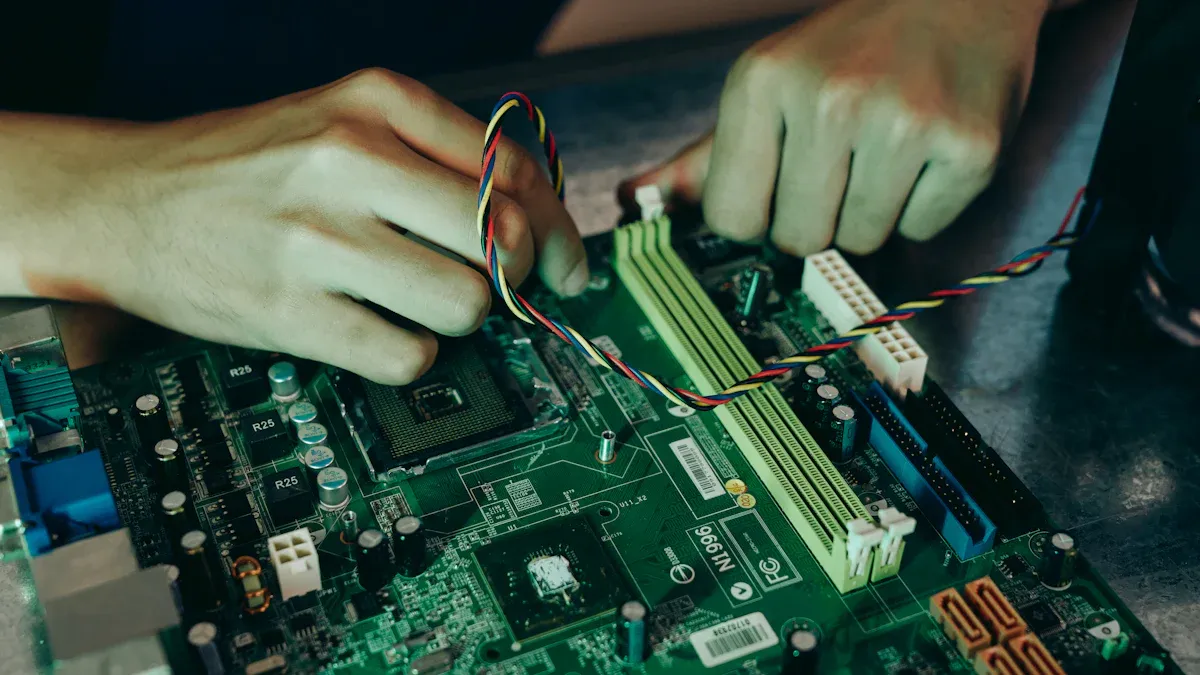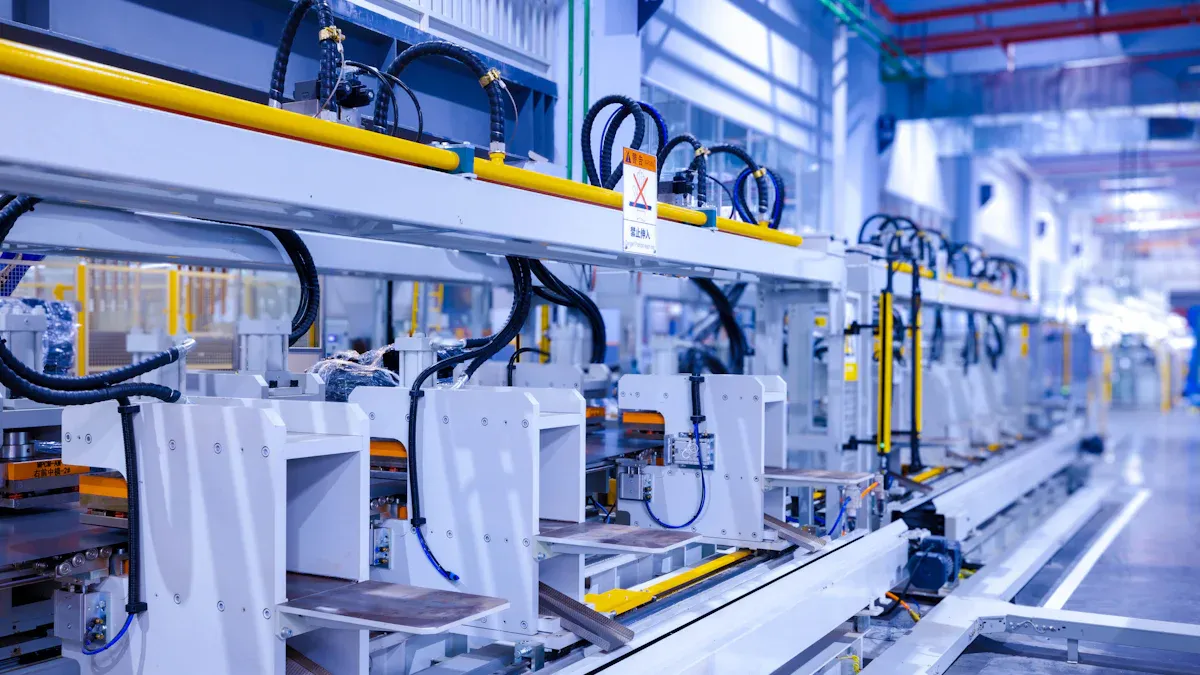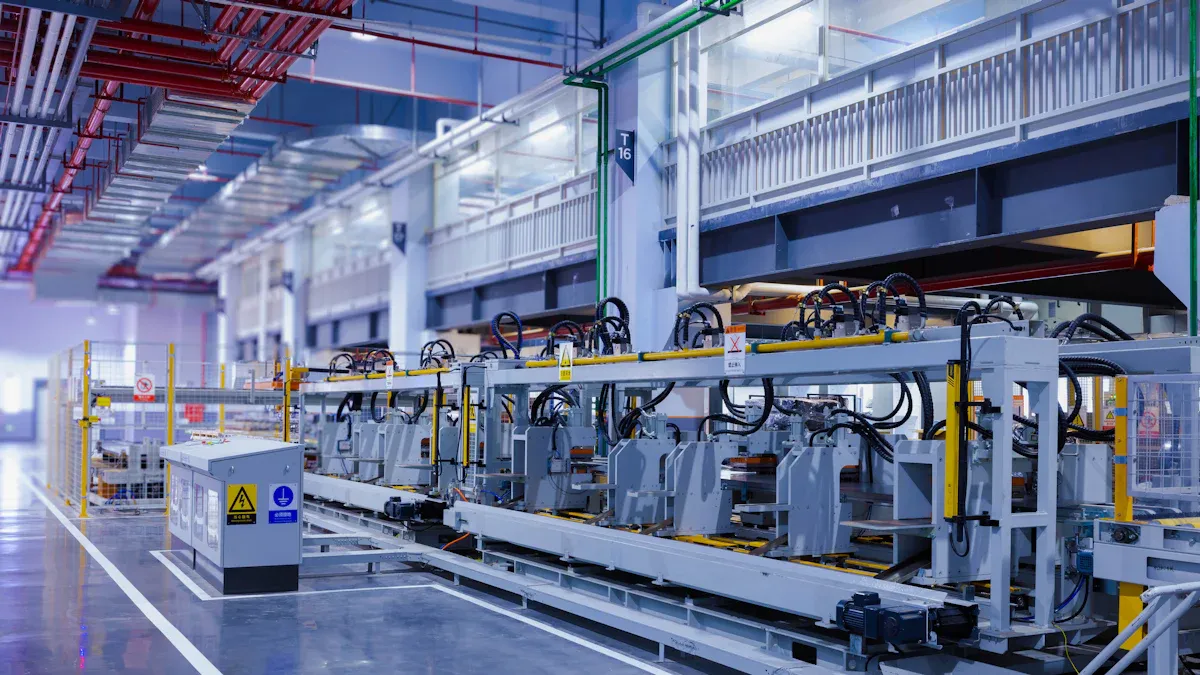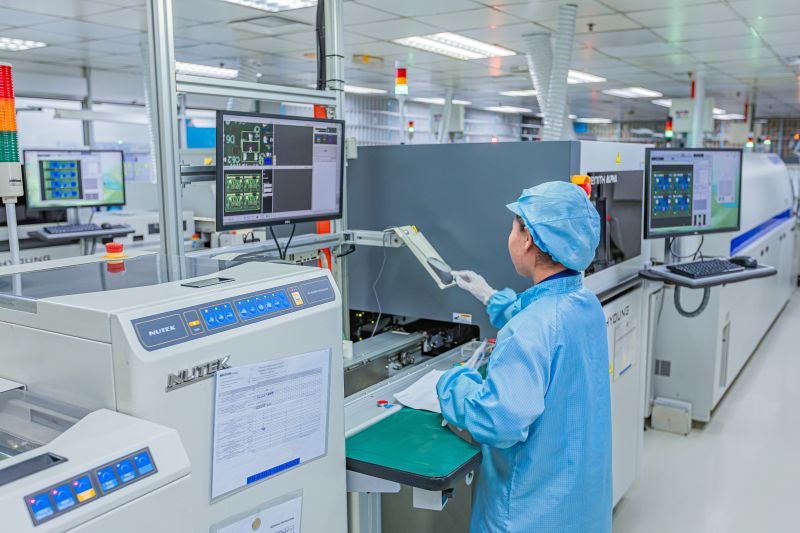News
All Tags
- All Tags
- Advanced PCB
- Backlit Membrane Switch
- BGA PCB
- Circuit Board Assembly
- company
- customized
- Design for Manufacturing Analysis
- design for manufacturing and assembly
- Double-layered PCBs
- Electronic Board Repair Service
- FPCs
- Graphic Overlay
- Graphic Overlay Panel
- how much does a PCB assembly cost
- How much to charge for PCB assembly?
- How PCB manufacturing process
- how to estimate PCB assembly
- how to improve PCB assembly process
- how to order PCB assembly
- how to quote PCB
- How to start a PCB manufacturing business
- Integrated Circuit programming
- JLC PCB Assembly
- Membrane keypad
- Membrane Panel
- Membrane Switch
- Membrane Switch Panel
- Metal core PCB
- Mil Spec Pcb
- PCB Assembly Bay Area
- PCB assembly quotes
- PCB Assembly Testing Service
- PCB components
- PCB design for manufacturer
- PCB Fabrication
- PCB manufacturing Europe
- PCB rework services
- PCB turnkey assembly
- Printed Circuit Board Assembly
- Printed circuit board news
- Products
- prototype assembly
- SMT PCB
- stencil PCB
- Tips & Tricks
- What is 4 Layers Hdi Rigid-flex Pcb
- What Is a 5g Pcb Board
- What is a PCB main assembly
- what is consigned PCB assembly
- what is PCB board assembly
- What is the PCB assembly process?
- why is PCB assembly so expensive?
- X-ray PCB
-
Double-Sided SMT Assembly: Key to Achieving High Density and Reliability
04 Jul, 2025
CONTENTS • Key Takeaways • The Double-Sided SMT Assembly Process • Overcoming Challenges in Dual-Sided Mounting • Advantages and Industry Applications • LTPCBA’s Expert Solutions • FAQ Key Takeaways The Double-Sided SMT Assembly Process 1. Solder Paste Application 2. Component Placement 3. Reflow Soldering Stage Temperature Range Duration Preheat 150–180°C 60–90 sec Reflow 217–245°C (lead-free)… Continue reading Double-Sided SMT Assembly: Key to Achieving High Density and Reliability
Learn More -
Accelerating Time-to-Market: How Component Procurement Services Drive Electronics Manufacturing Efficiency
03 Jul, 2025
Key Takeaways Critical Challenges in Component Sourcing Supply Chain Vulnerabilities Quality and Compliance Hurdles Challenge Impact Solution RoHS/REACH non-compliance 15% product recall rate Blockchain-based material tracking Inconsistent testing 25% higher warranty costs Pre-shipment AQL inspections Cross-border regulations 10% customs delays Localized sourcing networks LTPCBA’s Strategic Procurement Framework Smart Sourcing Ecosystem Compliance and Quality Assurance Data-Driven… Continue reading Accelerating Time-to-Market: How Component Procurement Services Drive Electronics Manufacturing Efficiency
Learn More -
LTPCBA’s End-to-End PCBA Solutions: From Design to Testing Excellence
03 Jul, 2025
Key Differentiators The Complete PCBA Journey at LTPCBA 1. Design & Engineering 2. Component Procurement 3. PCB Manufacturing 4. Solder Paste Application Production Milestone Turnaround Time Prototype (1-10 units) 24 hours Small batch (100-500) 72 hours Medium volume (1k-5k) 5 business days Manufacturing Capabilities Unveiled Advanced Equipment Fleet Board Specifications Type Thickness Range Max Size… Continue reading LTPCBA’s End-to-End PCBA Solutions: From Design to Testing Excellence
Learn More -
Rapid SMT Assembly Services: Balancing Speed and Quality for Tight Deadlines
03 Jul, 2025
Key Takeaways The Essentials of Rapid SMT Assembly How Speed Is Achieved Rapid SMT leverages: Process Stage Traditional SMT Rapid SMT Efficiency Gain Design to Prototype 5–7 days 24–48 hours 60–70% Volume Production 14–21 days 7–10 days 50% Defect Rework 12–24 hours <4 hours 66% When Rapid SMT Is Critical Quality Control in High-Speed Production… Continue reading Rapid SMT Assembly Services: Balancing Speed and Quality for Tight Deadlines
Learn More -
ESD Design for SMT Workshops: Key Principles and Control Measures
02 Jul, 2025
Key Takeaways Understanding ESD and Its Impact on SMT Assembly The Science of Electrostatic Discharge ESD occurs when a static charge (up to 35,000V from walking on carpet) discharges onto components. Even a 2,000V discharge can damage 0.13μm CMOS chips, though humans only feel discharges >3,000V. Damage Modes: Cost of Uncontrolled ESD Impact Uncontrolled ESD… Continue reading ESD Design for SMT Workshops: Key Principles and Control Measures
Learn More -
Why ESD Control Is Critical in SMT Assembly Workshops: Risks, Solutions, and Benefits
02 Jul, 2025
Key Takeaways The Hidden Risks of Electrostatic Discharge (ESD) How ESD Forms in Manufacturing Static electricity accumulates when: Shocking Fact: A 2,000V ESD event can irreversibly damage a 0.13μm CMOS chip, even though humans can only feel discharges >3,000V. ESD Damage Modes in SMT Components Component Type Vulnerability Threshold Typical ESD Impact MOSFETs 100–200V Gate… Continue reading Why ESD Control Is Critical in SMT Assembly Workshops: Risks, Solutions, and Benefits
Learn More


